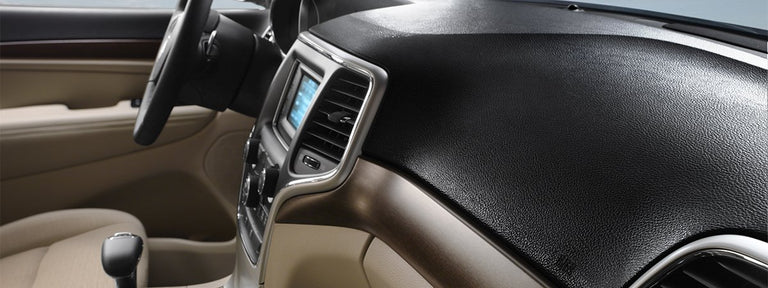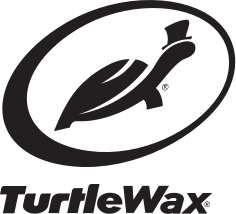
FREE DELIVERY ON ORDERS OVER $30
20% OFF KITS
THOUSANDS OF 5-STAR REVIEWS
- Home
-
Exterior
- Wash
- Wax, Seal & Coat
- Paint Correct
-
Restore
- headlight restoration
- scratch repair
- trim restoration
- bug & tar removal
- metal & chrome finish
- View all Restore
- Wheel & Tire
- View all Exterior
- Interior
- Hybrid Solutions
-
Mister Cartoon
- Mister Cartoon Complete Collection
- Mister Cartoon Air Care & Foggers
- Mister Cartoon Wash, Wax & Detailer
- Mister Cartoon Interior, LVP & Protectant
- Mister Cartoon Wheel & Tire
- View all Mister Cartoon
- Car Care Kits
- Accessories
- Learn
- Rewards
- Product Finder
FREE DELIVERY ON ORDERS OVER $30
20% OFF KITS
THOUSANDS OF 5-STAR REVIEWS

DASHBOARD CLEANER THAT WON’T LEAVE A RESIDUE
In this article, you will learn:
- Why you should use a dashboard cleaner that’s specifically formulated for car interiors
- How to use a cleaning product with built-in protectants
- When to clean your dashboard area for the neatest results





